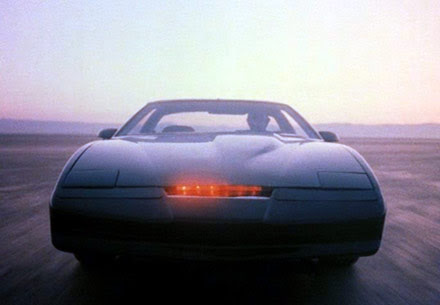Long before Google’s initiatives, self-driving cars were a part of our collective imagination. From KITT to the Batmobile, the idea of self-driving cars has been with us for a very long time. The reality of such cars is so close, we are already making legislation for them. For once, the law is trying to get ahead of the tech. But autopilot may not be the most interesting aspect of self-driving cars.
That award goes to auto-navigation. Making a car go by itself is easy compared to making a car that knows where to go. To do that, you need to have some very specific technology in place. Here is a look at some of the technology and recent connectivity developments that will help make auto-navigation a reality.
Persistent network connection
It is possible that the greatest advance in technology in terms of vehicle navigation is the ability to maintain a persistent connection to the internet. That may not sound like the sexiest breakthrough of the 21st century, but it might well be. The most life changing advance in our lifetime has probably been the internet. The internet has come to represent easy and persistent access to all of the world’s collective knowledge. Most of our technologies, lately, have been about coming up with ways to deliver that knowledge in more focused, faster, and more convenient ways.
Chevrolet, Buick, GMC, and Cadillac vehicles coming out with LTE-connected cars this year, the race is already underway to make sure your next car comes with a data plan just like your smartphone. The #1 use for that connectivity will likely be for in-car navigation.
Right now, navigation systems are largely based on CD-ROMs for static mapping information. With such systems, POI data is spotty and unreliable as the status and location of businesses change all the time. Getting directions to the nearest Starbucks with one of these systems is just as likely to land you in front of a vacant lot.
In addition to outdated maps, old nav systems are littered with other common issues including:
- Partial display loss
- No power
- Will not power up
- Navigation Freezes
- Will not accept disc
- Error messages
- Volume drops or increase
- Broken joystick knob
This is just a partial list of pitfalls provided by Short Circuit Repair: a company that deals with these issues every day.
What’s more is that the effects of these issues are increased by an order of magnitude as drivers become more dependent on navigation systems. Relying on auto-navigation, and navigation systems in general, can reduce an individuals ability to develop strong cognitive maps of their environment. While this may not seem like a big deal, losing your navigation could possibly mean losing your ability to find places you commonly visit… soon, fixing your navigation system may become more essential than fixing your vision when it comes to finding your way around town.
CarPlay
If you are not excited about enrolling your car in an expensive data plan from a cellular carrier, you might want to just use the one you already have. Apple’s CarPlay allows you to do just that. It is a protocol that enables car manufacturers to tap into iOS devices for in-car navigation, entertainment, and communication. Once installed, it does not need to be updated. That is because it is using the information it gets directly off of your iDevice of choice. Google and Microsoft are also working on similar options.
These developments in navigation, when employed in concert will result in a car that, when you say, “I want to go to the grocery store” to the car, will result in your car actually going to your nearest grocery store. Why? Because Apple, Google, and your smartphone carrier know that there can be no Knight Industries Two Thousand without a persistent internet connection and the most recent navigational data in your car. Being able to connect to other cars to keep accidents from happening isn’t that far off, but that’s an article for another time.












